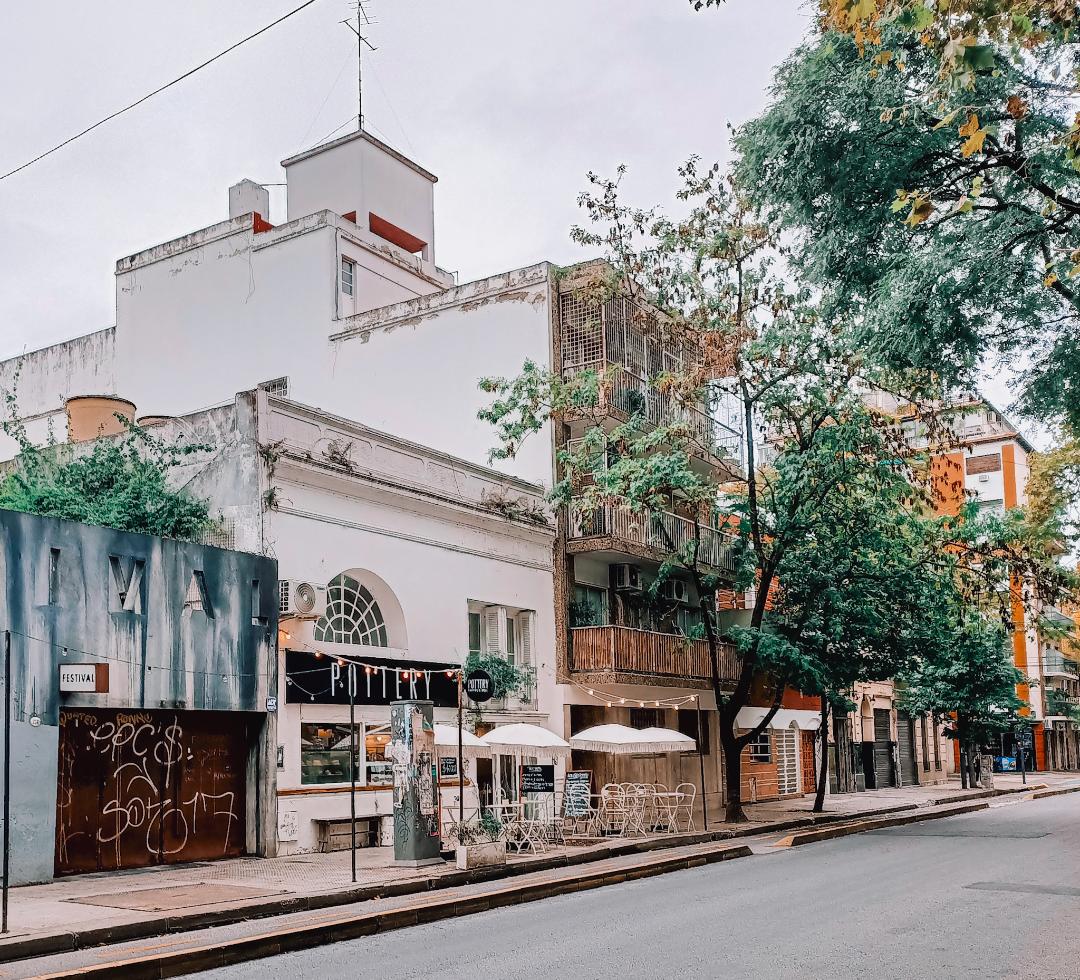One of the top nomad hubs in South America is the city of Buenos Aires. It is a huge sprawling city, but still unique with its mix of European influence and Latin culture. One of the draws of the city was of course the affordable living situation. However, this is currently changing as the insane inflation rate continues to exacerbate in Argentina.
Current country situation
In 2024, the yearly inflation rate was hovering around 209% in Argentina. What this means is that prices of goods like food especially are increasing every month at phenomenal rates, compared to salaries and incomes. This puts most locals in a bind, as it becomes very expensive to live in the country and most of the population is struggling. So while Buenos Aires is known as a nomad hub and still has relatively affordable prices, these costs are increasing each month and this is not exactly ideal for a nomad living situation as the economic and political situation is sometimes quite shaky.
While I was there (end April 2024), I did not experience anything unsafe or scary but there were frequent protests almost every week and I did have to be a bit more conscious about theft, especially for electronics. I also found groceries and eating out to be quite expensive, easily spending USD$15-18 per meal. Coming from Southeast Asia, this was of course much pricier and I spent most of the time cooking my own meals. However, other things like transportation, wine and housing were still quite affordable.
Of course, the government is still doing its best to lower the inflation rate, but this has been a long standing economic problem in the country for many decades now. Personally, I think this makes living in Buenos Aires a little bit more of a hassle when it comes to getting and handling money.
Money situation
Due to the high inflation situation, there are 2 currency rates for Argentine Pesos in the country. One is the Official Rate which is a very high currency exchange rate. The other is the Blue Rate, which is an underground/unofficial exchange rate, which gives you much more bang for your buck at money exchange or cambio compared to the banks.
So instead of withdrawing money from an ATM in Argentina which is not recommended, one of the best ways to get Argentine Pesos is to bring crisp US Dollars and exchange them at cambios on Calle Florida street. However, since some of these cambio or exchange places are quite sketchy, the other better way which I used was sending yourself money with Western Union.
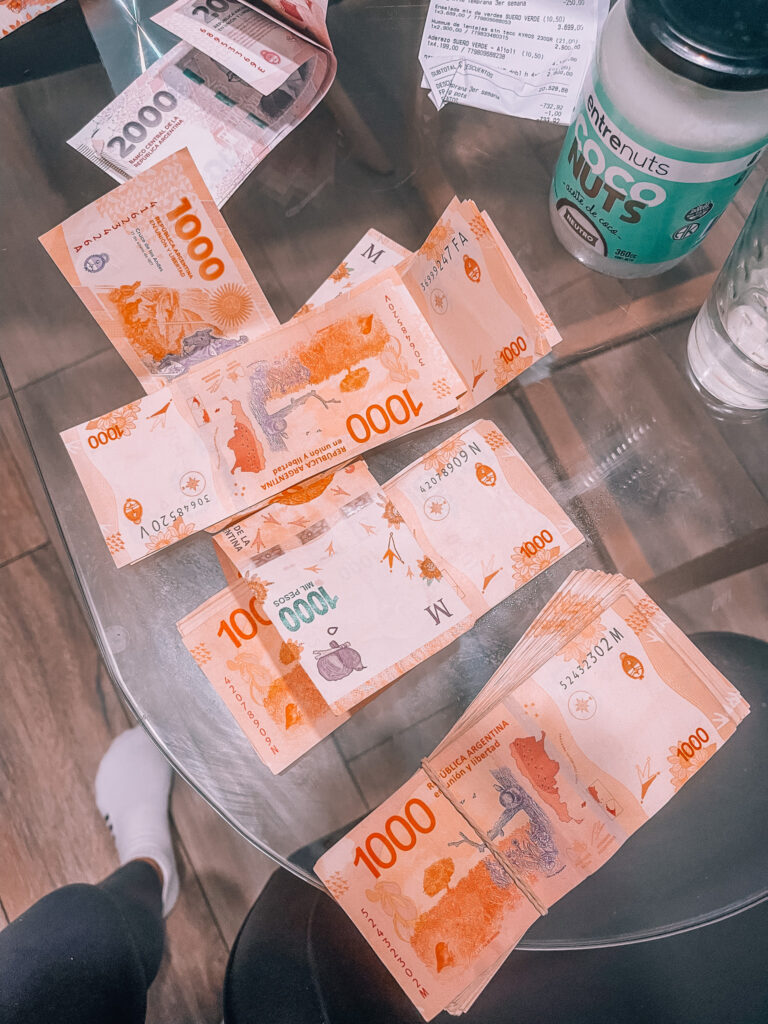
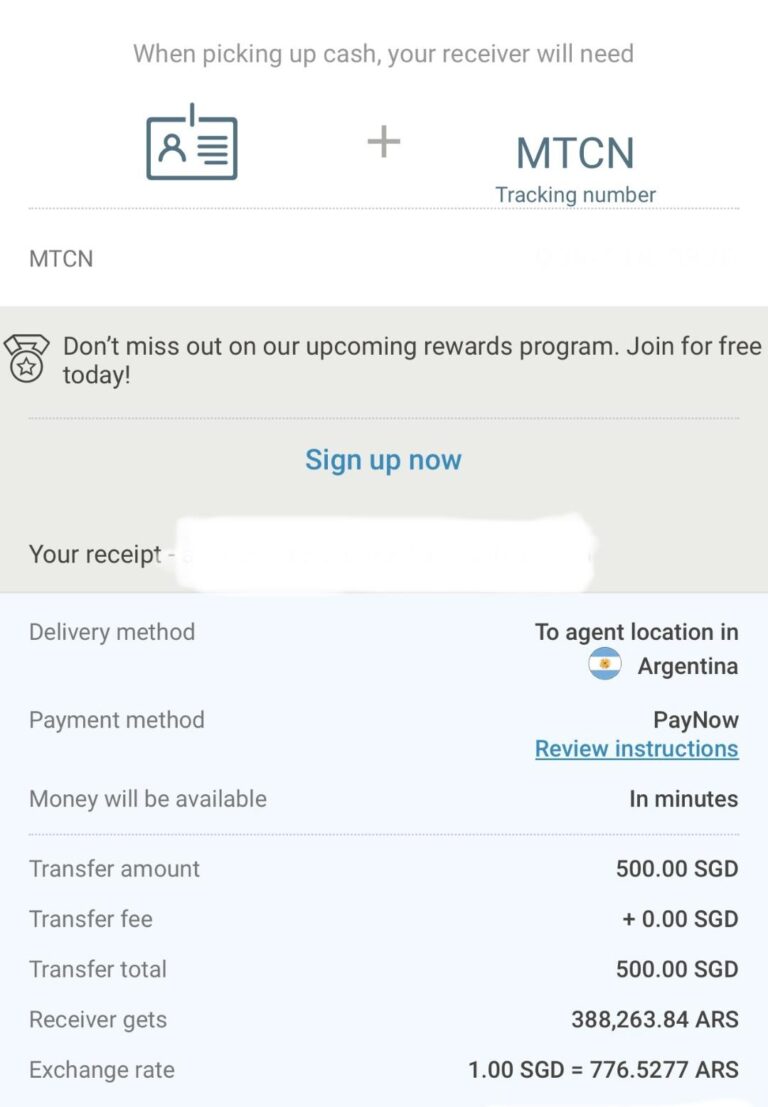
How to Send Yourself Money with Western Union
First, you need to open a Western Union account that links to your bank and send money to yourself as a recipient for a Cash Pickup. You can pay for the transaction through different means like a bank transfer, debit card or even link to your PayNow, fees will differ depending on the transaction type. The transaction is usually done instantly.
Next, you have to pick up the cash in person at your nearest Western Union, by showing your transaction invoice, the 10-digit MTCN number and bring your passport for verification. You must make sure that your name matches that of your passport. It is best to download the Western Union app, so that you have the transaction handy for verification.
Then, it is recommended to ask in nomad groups which Western Union has cash on the day itself, as they run out of money quite often. Some of the Western Union locations are also difficult to find – they could be huge stores with long lines or some small random tiny unofficial looking shop.
You will need to bring your passport and they count the stacks of cash in front of you – and I’m talking STACKS! Bring it home and stash it somewhere safe!
Unfortunately, cash is still king in Argentina, so you will probably have to go to the Western Union quite often.
For those of you who are planning to go to Argentina soon and need to open a Western Union account, here’s my referral link to join Western Union.
Using your credit card
As of recently, most major credit cards like Visa now charge you at the blue rate by refunding the difference between the blue rate and the official rate after a few days. I noticed this refund being processed in my bank statements after making the transactions, but for whatever reason, I didn’t use my credit card that much, mostly only for Uber rides and ordering delivery on Rappi.
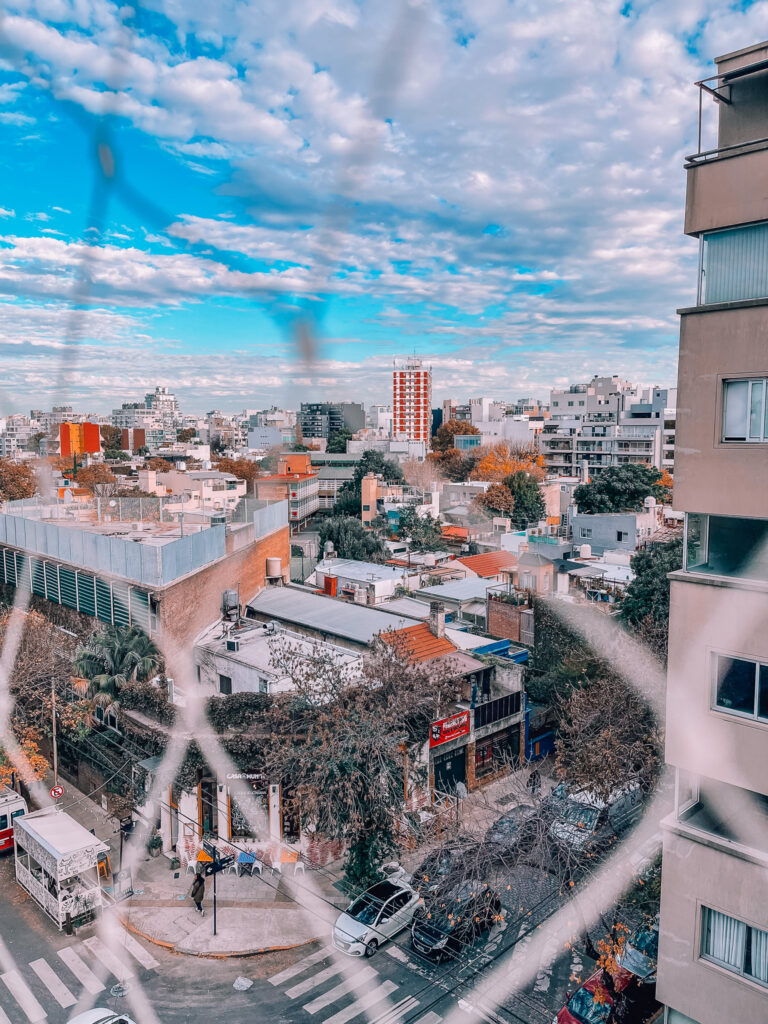
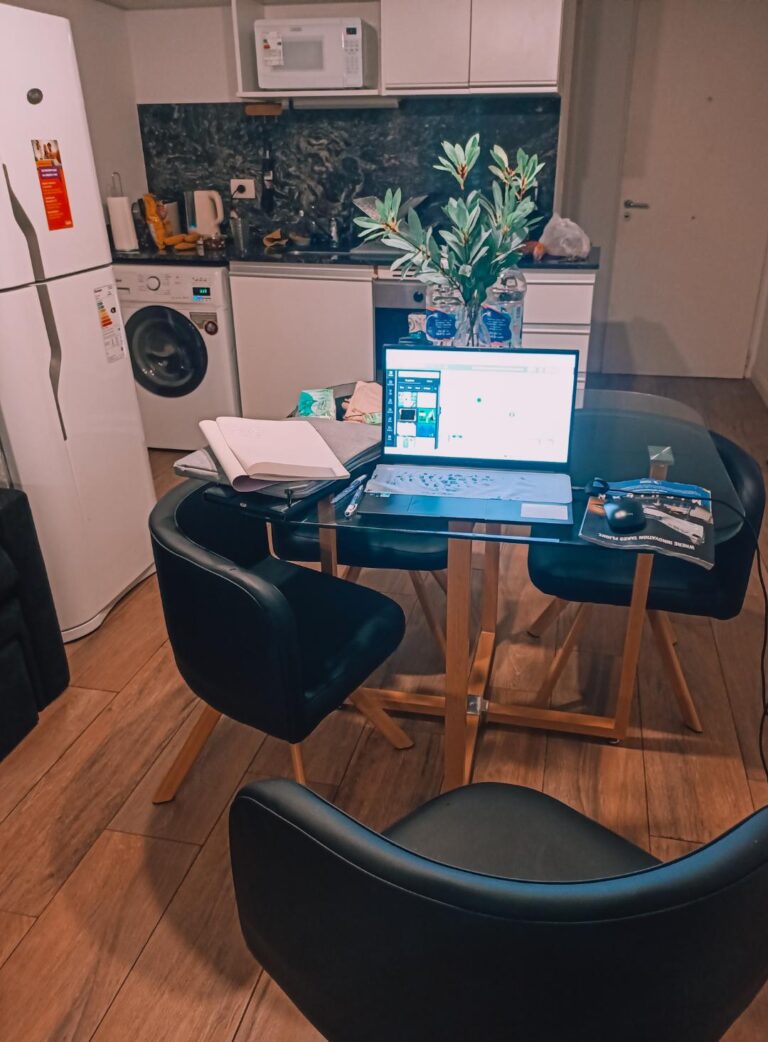
Visa situation
Most people are able to get into Argentina on a 90-day tourist visa, which is a fairly generous visa duration. You can also opt to extend this once for another 90 days at the Direccion Nacional de Migraciones office, leading to a total of 180 days in the country. Furthermore, if you want to, you can hop over to Uruguay for a quick visa run and come back to reset the clock and get a new 90-day visa. Having such generous and more lax immigration rules is definitely a boon for most nomads wanting to stay in Argentina.
There is also a new 180-day Digital Nomad Visa for Argentina that can be extended for another 180 days for a total of around 1 year. This was introduced in 2022, which allows digital nomads to stay and work while being exempt from paying income taxes in Argentina. There is no minimum income requirement, but you are expected to earn about US$2500 per month to apply.
Accommodation
Luckily in Buenos Aires, accommodation is still relatively affordable. Most nomads stay in the safer neighbourhoods of Palermo Soho and Palermo Hollywood. I managed to find a decent studio apartment on Airbnb for around USD $1000/month in Palermo Hollywood, right opposite Casa Munay on Gorriti street. It is a great neighbourhood with many vegan/vegetarian/gluten-free cafes, hipster cafes, boutique supermarkets, yoga studios and so on. There was also a huge Vea supermarket nearby for groceries. I highly recommend staying on Gorriti street.
The Palermo Hollywood neighbourhood seemed more residential and quiet compared to Palermo Soho which had more bars, shops and restaurants. I really enjoyed the quietness of the place and there were also some parks nearby, with many residents walking their dogs on the street as well.
Palermo Soho was about a 15 minute walk down and it was much more buzzing with a weekend market, buskers on the street and more nightlife. While there was more shopping and things to do, I don’t think I would have enjoyed staying there for the longer term.
If you want to stay in Buenos Aires, I do recommend those 2 neighbourhoods. It’s where many expats and locals stay and are considered to be some of the nicer and safer neighbourhoods.
Transport
Getting around Buenos Aires is pretty easy. You can ride the subway (Subte) or the bus, which is super inexpensive. It costs about less than US$1 for a ride on the subway. I didn’t use public transport at all when I was in Buenos Aires, as I preferred to pay more for a safer and more comfortable journey. If you do use public transportation, you may want to be more cautious about your belongings, like wearing your backpack in the front, for example.
The alternative is to use the Uber app for private rideshare. I found this to be a very affordable way to get around, costing around US $2-4 to get from Palermo Soho to Palermo Hollywood.
Another way to get around is by bicycle. There are many dedicated bike lanes in the city and you will often see locals riding their bikes around town.
Sim card
While in Patagonia, I used an e-sim from Airalo to get mobile data and it generally worked well in most spots. Of course, in more remote areas in Patagonia, you will get spotty reception or no cell service whatsoever.
However, while I was in Buenos Aires, I got a prepaid tourist sim card from Claro, which I bought from the Claro store at the Alto Palermo shopping mall. It did take me a few tries to get it though, as for whatever reason the first time, they seemed to be sold out of it. You can get a 4GB plan for 30 days for around ARS $940.
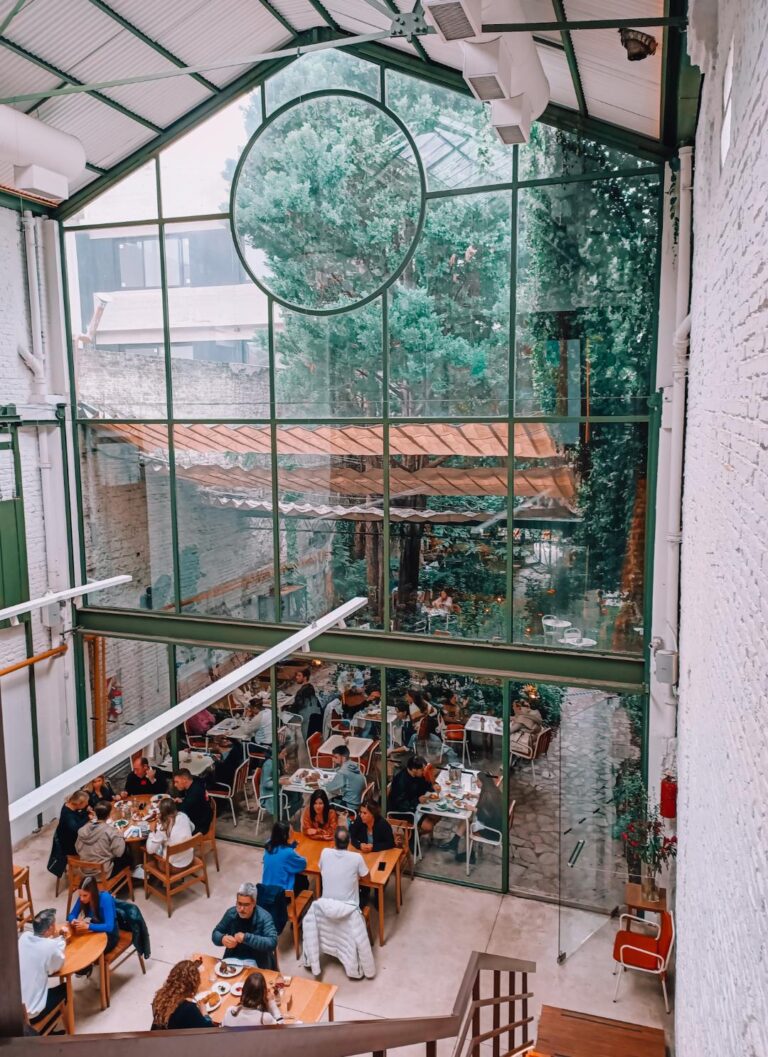
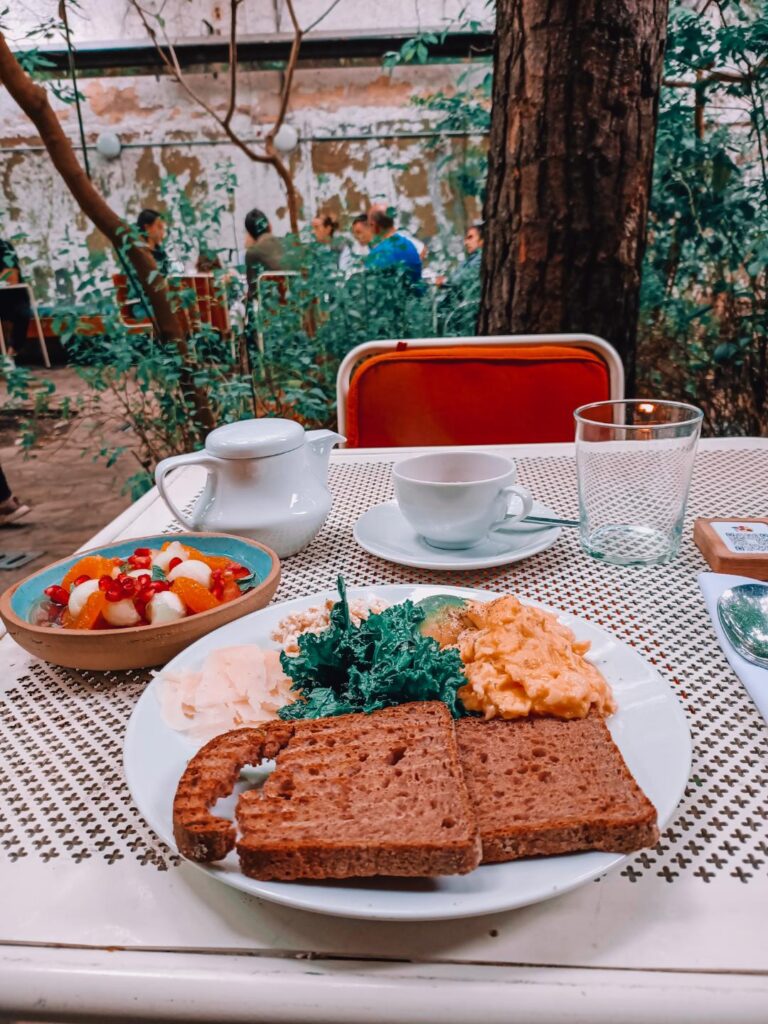
Food
Argentina is the land of bread and meat. If you love things like bread, pastries, pizza and burgers, you will be in heaven. Some of the food items that you have to try are steaks, empanadas (like a curry puff), milanesas (breaded cutlet of meat), medialunas (similar to a glazed croissant), Argentine deep dish crust-less pizza and alfajores (a cookie made with dulce de leche/caramel and other fillings).
While most people would be overjoyed with this type of food, personally it was not one of my favoured cuisines, as I am gluten intolerant, seldom eat red meat or drink alcohol. Luckily, there were often gluten-free options in Palermo, but generally I found that the variety of food choices and cuisines was quite limited. There were also very few vegetables available in the grocery store, although wine was super cheap! Also due to the high inflation rates, prices in the grocery stores kept going up every week. Do not also forget that it is common courtesy in Argentina to tip when you go to cafes and restaurants.
If you do not want to cook, you should download the Rappi app! It is a convenient app for food and groceries delivery. I used it several times to order Chinese takeout food.
For water, technically tap water is supposed to be safe to drink in Buenos Aires, but I personally drank bottled water. However, the drinking water situation is a lot more doable than most other parts of South America.
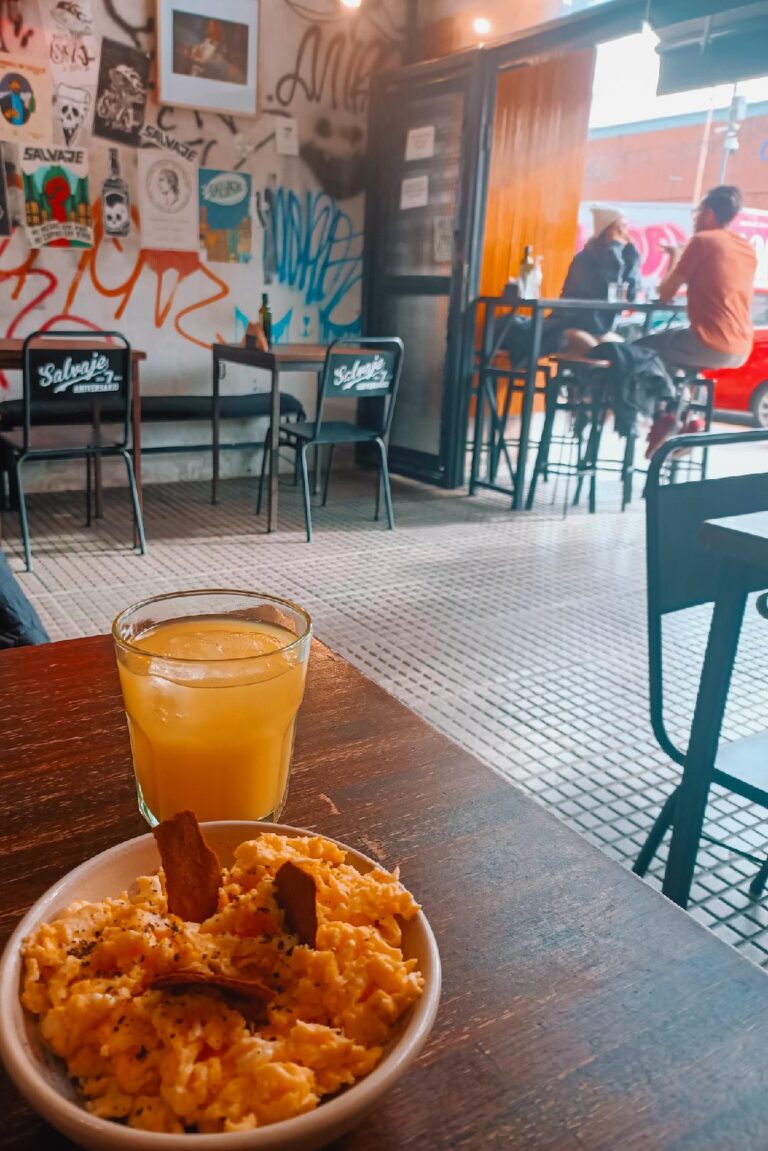
Safety
Overall, certain neighbourhoods in Buenos Aires like Palermo Soho and Palermo Hollywood are generally safe, and you can see people walking with their friends, family and their dogs everywhere, even at night. This is one of my indicators for how safe a neighbourhood is.
Of course, you are still advised to be vigilant and careful with your belongings, especially with electronics and jewellery. There have been reports of theft and robberies around the city, especially for prized iPhones. To be safe, I never walked around flashing my iPhone in public in Buenos Aires, and mostly used my cheapo Oppo backup phone. The only time I used my iPhone was to take photographs, but this was mostly in safer, touristy spots with fewer people. I was also cautioned to not take out my phone on the street especially at night and wait inside the restaurant while waiting for my Uber. I also did not wear any flashy jewellery, wore simple outfits and tried not to stick out like a tourist. Nothing untoward happened to me, but I also went out very infrequently at night, preferring to stay mostly at home.
In crowded areas like San Telmo, I wore my backpack in the front. I was also warned about neighbourhoods like La Boca, where it was easy to accidentally walk down the wrong, more ghetto street and get robbed. I did not end up going anyway, but the warning was to go during the daytime and leave before sunset.
The areas around Recoleta, like the parks and museums, seemed fine to me. Most places were fine during the daytime to walk around, but I would use Uber to travel around at night, just to be safe. I also did not have trouble at the EZE airport, although it was confusing sometimes, with people trying to hassle you to get a taxi. I ignored all of them and proceeded to get my Uber from the airport and this was in the evening when I landed.
As a first-time visitor to Buenos Aires, I know I was way more guarded than usual and did not go out as much, but it served me well for the time I was there. If I go back again, I think I would be a bit more relaxed and head out more in the evenings.
There were also quite a number of protests every week in the main parts of town. One time, the whole city was pretty much shut down with trains and buses on strike. Although nothing happened to me personally, I did feel that there was definitely an air of tension in general in the city… but can you blame them? The economic and political situation was shaken up. So I think it really depends on when you visit Buenos Aires.
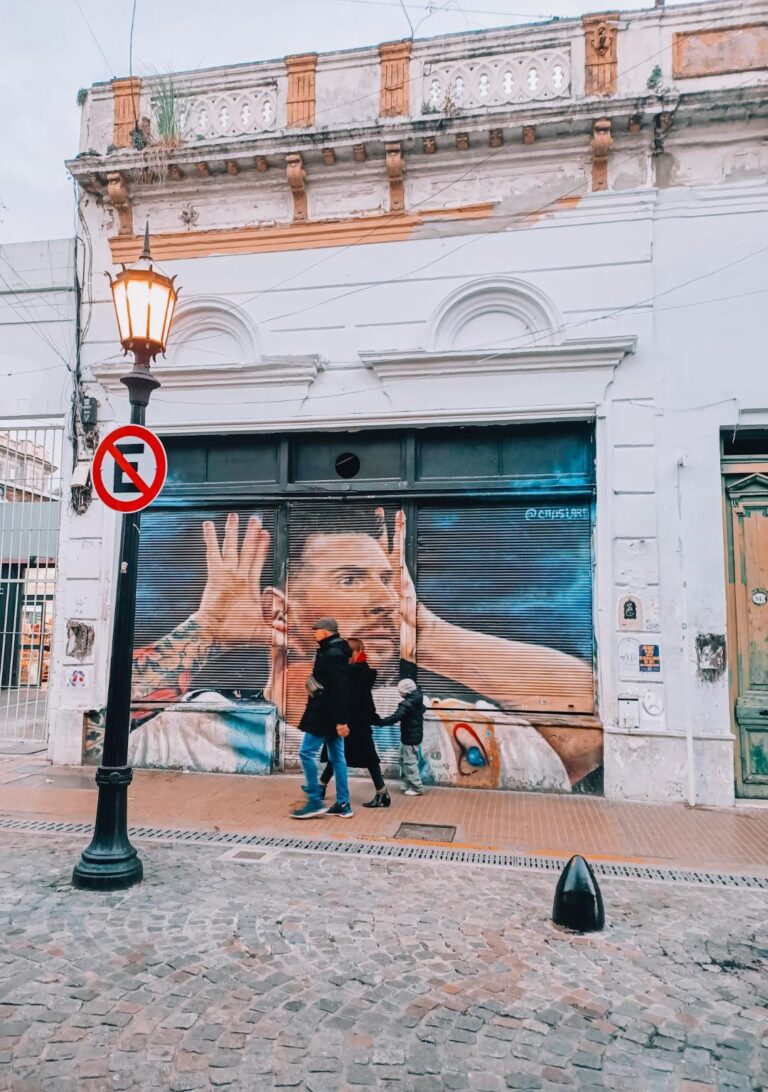
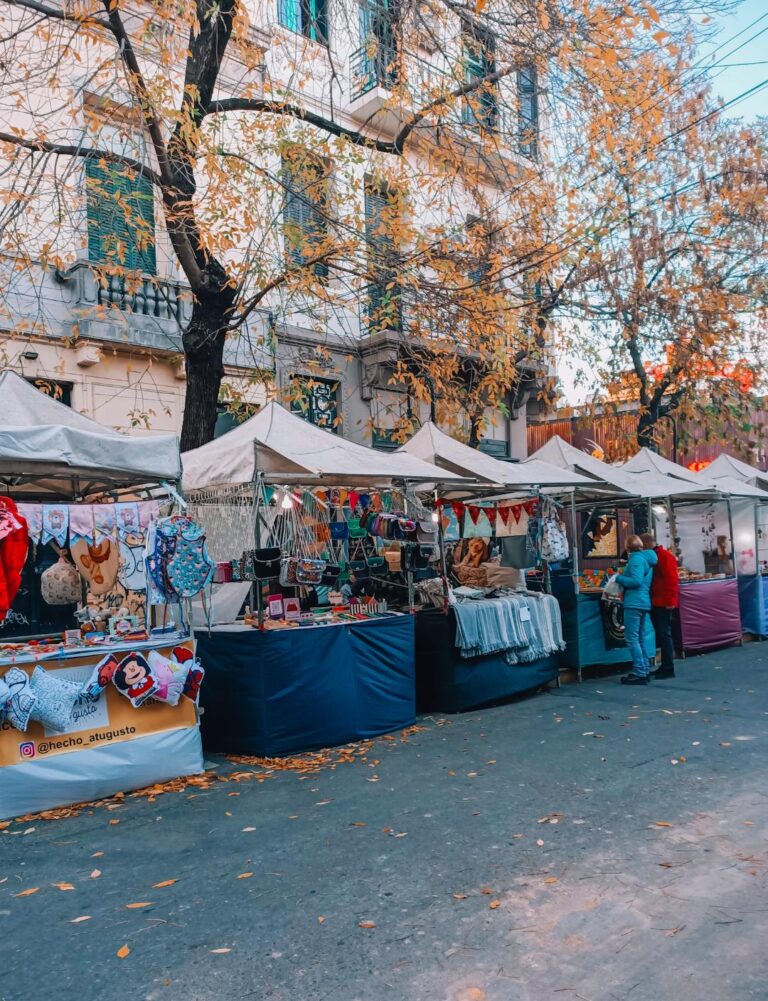
Weather
I arrived at the end of April when it was nice and sunny for about a week, and then it started turning into winter weather. It got super rainy and cold! Always bring layers and you may need a thick jacket for fall and winter.
During the warmer weather, there can also be a mosquito problem. You may want to bring some insect repellent, as there have been outbreaks of dengue fever occurring in Buenos Aires with all the mosquitoes.
Community
While there is a huge community of digital nomads in Buenos Aires, I did not socialise as much as I should have. However, these are some interesting groups where you can meet more like-minded people:
Buenos Aires: Girl Gone International
Digital Nomad FB groups
https://www.facebook.com/groups/buenosairesdigitalnomads/
https://www.facebook.com/groups/2288744451383070/
I also found several whatsapp sub-group chats for foodies, fitness and networking meetups.
Language
I must admit I severely underestimated how much Spanish-speaking abilities were needed in Latin America. I have a very basic level of understanding of Spanish and it was really quite tough to communicate in general. Most nomads, especially those who stay for a much longer term, often have at least an intermediate level of Spanish fluency.
Furthermore, in Buenos Aires, the Spanish accent is different and they speak a lot faster in Argentina.
I highly suggest a bare minimum of 3-6 month’s worth of Spanish language practice or classes before arriving in South America and continuing with weekly Spanish classes while you are living there. You may think you can get by with just English, but it really wasn’t the case. A lot of nomads do special Spanish immersion programmes to help them get up to speed with their language abilities.
Coworking
Due to the cold weather and concerns about lugging around my laptop, I worked mostly from my airbnb. However, there were many cafes nearby in Palermo Hollywood, but honestly I never saw anyone working from their laptops there.
If you really want to work somewhere else besides in your room, I would suggest try a dedicated coworking space like
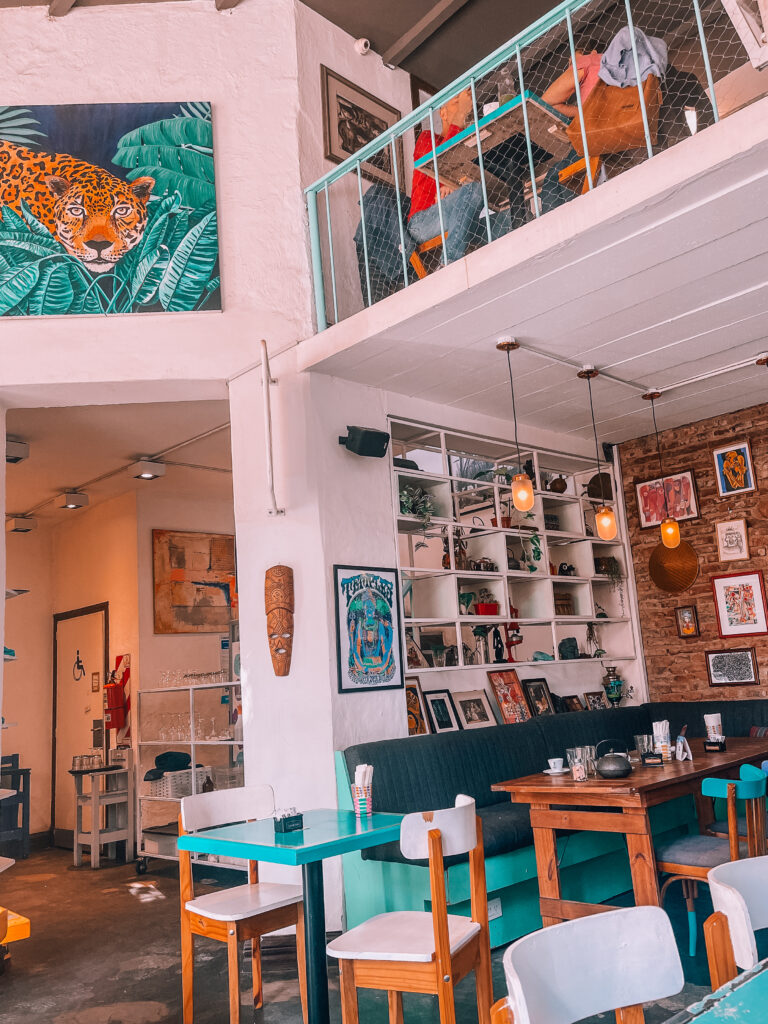
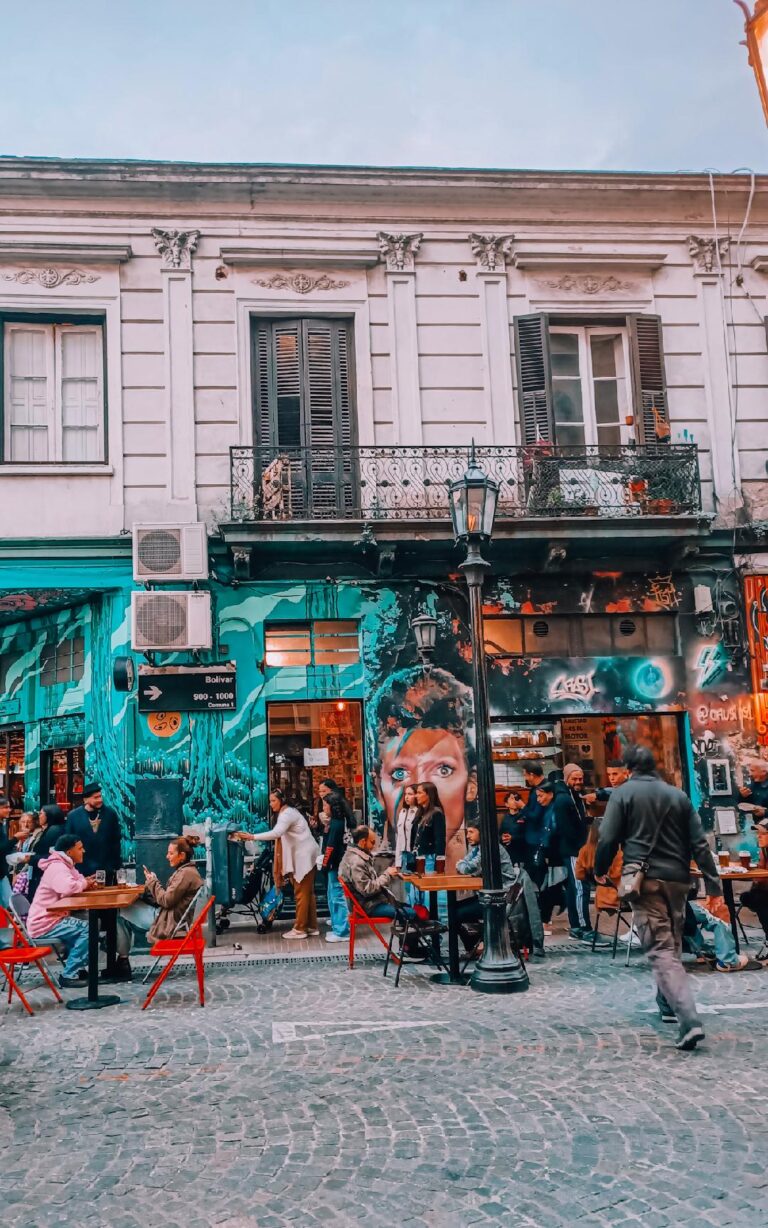
Overall Review of Nomading in Buenos Aires
As a first-timer to South America, Buenos Aires is a great spot to hang out for a digital nomad. With the still very affordable prices, the city offers a pleasant lifestyle especially for those who speak Spanish, love eating red meat and bread, walk their dog and ride their bicycles. The city is vibrant and a nice mix of European architecture and leafy neighbourhoods, along with an excellent nomad community. It is also very easy to stay in the country for an extended period of time and also do a short visa run to neighbouring countries like Uruguay.
Personally, it was not the right city for me, due to the food choices, weather and concerns about safety. In fact, I found it quite challenging because of how difficult getting money is and not speaking the language. The fact that the poverty and crime rates continue to go up as the economic situation worsens and that the country could possibly go into economic or political collapse any time was also a major concern for me. I did however appreciate the affordability of the city, even though inflation was at an all time high. I can imagine things must have been super affordable several years back, but I do question how sustainable the whole living situation is there currently. Perhaps when the economic situation becomes less dire, I will consider going back to nomad again.
